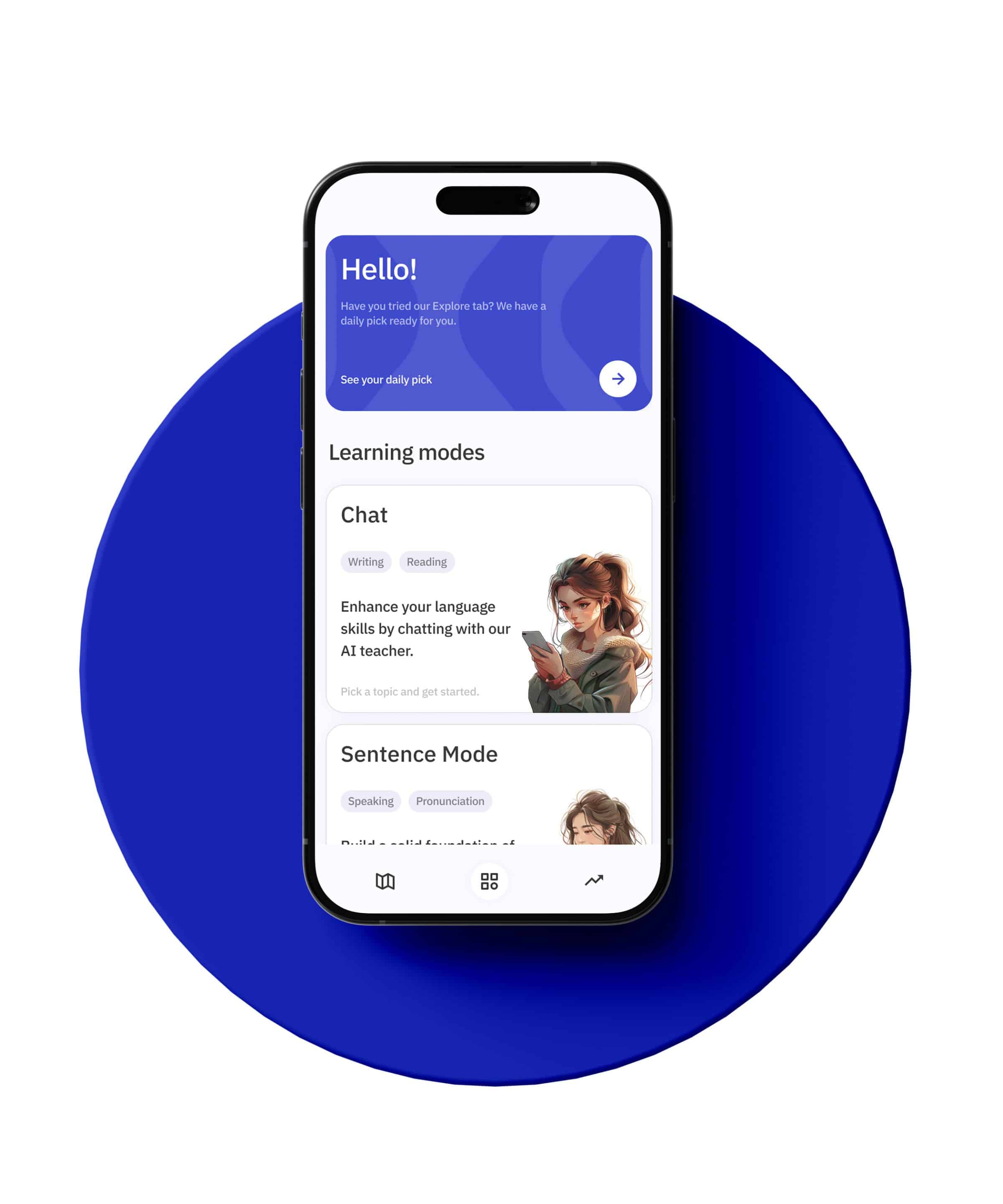In the rich tapestry of the Arabic language, many words carry nuances that are profoundly reflective of cultural practices and social interactions. Among these, the terms حوار (Hiwar) and نقاش (Naqash) stand out due to their common usage in everyday conversations as well as in academic, political, and social contexts. While both words can be translated into English as a form of ‘discussion’, understanding the subtle differences between them can greatly enhance your comprehension and usage of Arabic.
Understanding حوار (Hiwar)
The term حوار (Hiwar), which translates directly to ‘dialogue’ in English, emphasizes a two-way communication. It is derived from the root word حَوَرَ, which means to turn or to transform, signifying a process where two or more parties are engaged in an exchange of ideas, not merely to argue a point, but to reach a mutual understanding or to explore each other’s perspectives.
Hiwar is typically respectful and considers the dialogue as a means of connection and understanding. It is often used in contexts where the goal is to bridge gaps between different beliefs or viewpoints. In media, a television program that invites guests to discuss various topics might be called a برنامج حواري (program hiwari – a dialogue program).
Example sentence:
أجرينا حواراً مثمراً حول الثقافات المختلفة.
(We conducted a fruitful dialogue about different cultures.)
Understanding نقاش (Naqash)
On the other hand, نقاش (Naqash) translates to ‘discussion’ and is derived from the root نَقَشَ, which means to engrave or imprint. This gives a sense of the depth and sometimes the intensity involved in such discussions. Naqash is often more vigorous and is usually aimed at digging deep into a subject, often to persuade or argue a point of view.
Naqash can sometimes be competitive, as each participant may try to assert their viewpoints or convince others of their stance. It is commonly used in academic, intellectual, or political contexts where thorough examination and critical analysis are required.
Example sentence:
دار نقاش حاد في الجامعة حول سياسات التعليم.
(A heated discussion took place at the university about education policies.)
Comparative Usage
When deciding whether to use حوار or نقاش, consider the nature of the conversation and the relationship between the participants. If the objective is to explore ideas in a cooperative manner, حوار is more appropriate. If the aim is to rigorously debate or delve deeply into a topic, نقاش is better suited.
In professional or diplomatic environments where the tone needs to be kept neutral and the focus is on reaching a consensus or understanding, حوار is often preferred. In contrast, academic environments that encourage critical thinking and detailed analysis tend to foster نقاش.
Conclusion
Grasping the distinction between حوار and نقاش can enhance both your understanding and effectiveness in communication within Arabic-speaking communities. Recognizing the context and desired outcome of the interaction will guide you in choosing the most appropriate term, thereby enriching your conversations and deepening your connection to the Arabic language. Whether you find yourself in a casual chat or a structured debate, remembering these nuances can lead to more meaningful and productive exchanges.







